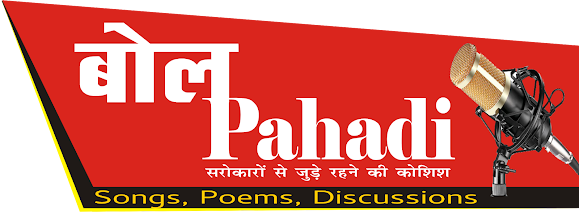Been (बीं) Review
Been (बीं): A Mile Stone in the History of Garhwali Literature and Garhwali Literary Criticism (Review of ‘ Been’ ( बीं ) a collection of Literary Criticism Notes on Garhwali literature by Virendra Panwar) Notes on Asian languages Literary Criticism, Indian Literary Criticism, North Indian Languages Literary Criticism, Himalayan languages Literary Criticism, Uttarakhandi languages Literary Criticism, Garhwali Literary Criticism Review By- Bhishma Kukreti Been a collection of reviews of forty books by Virendra Panwar is a historical and a celebration book for Garhwali language literature. Till right now, the criticism in Garhwali literature was thought as a secondary aspect of literature. However, ‘ Been’ will make criticism a very serious aspect of creativity and research in Garhwali literature. Virendra Panwar has been reviewing poetry and prose books since 2000. In an interview with this author, Abodh Bandhu Bahuguna named a brilliant gem among nine gems of Garh
